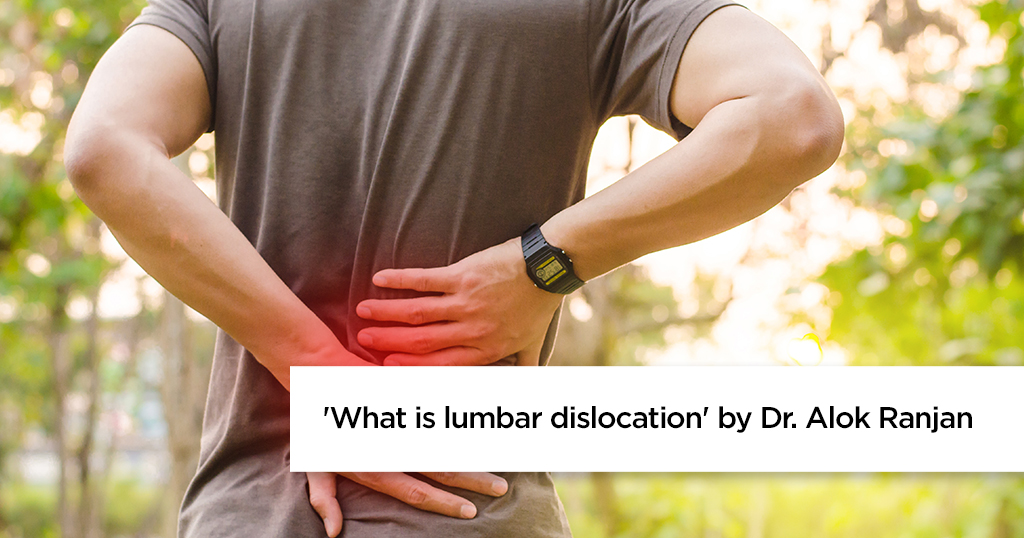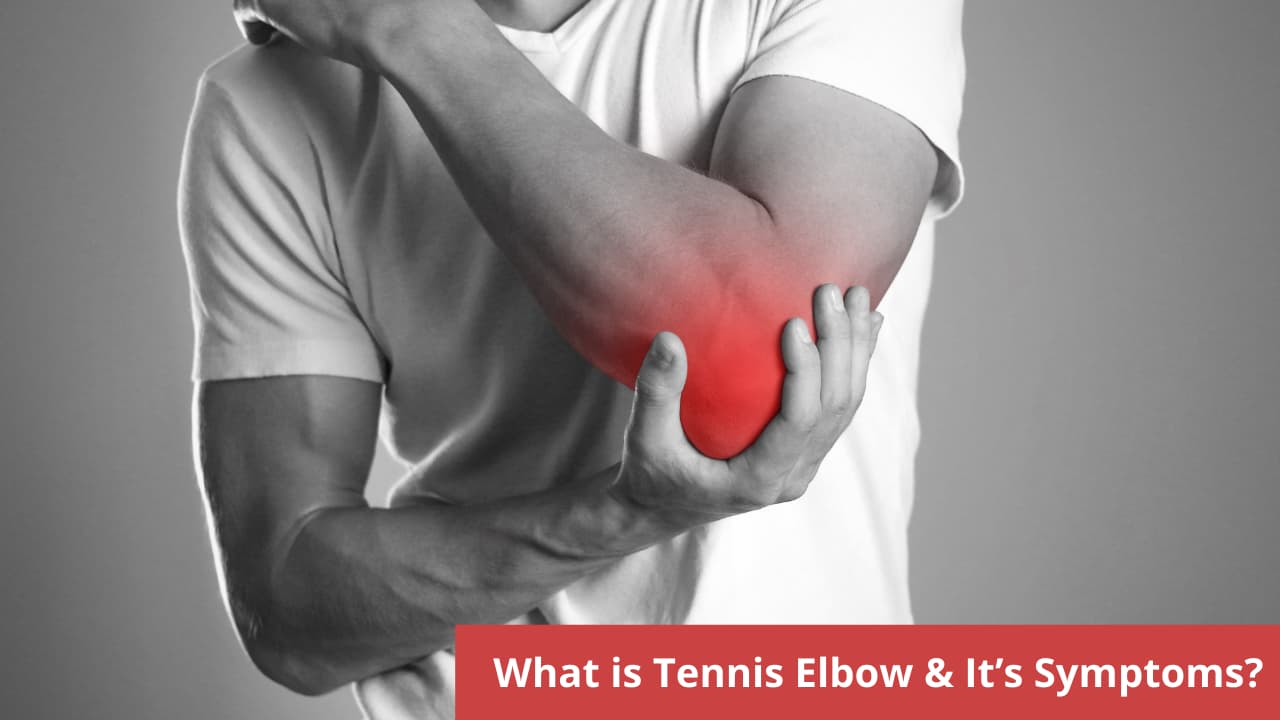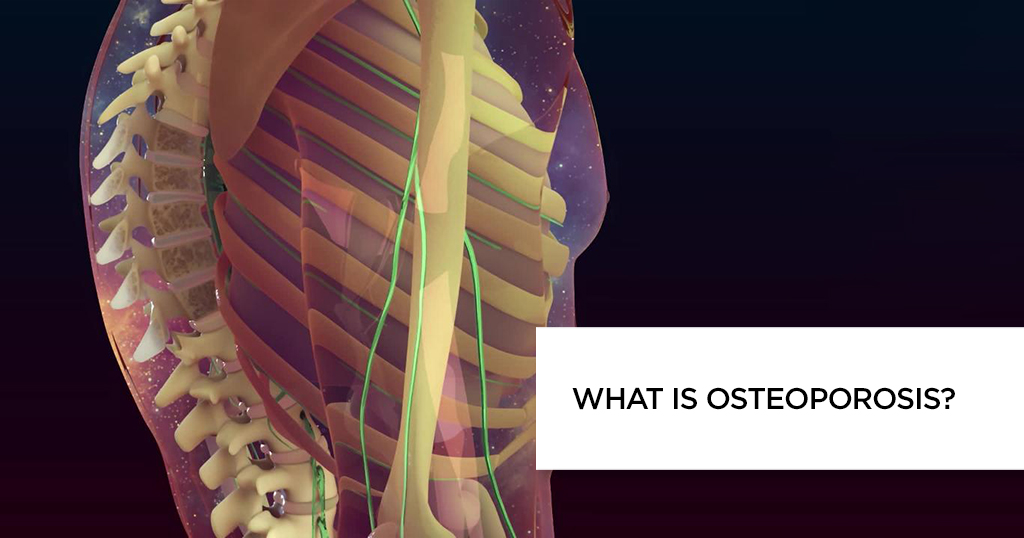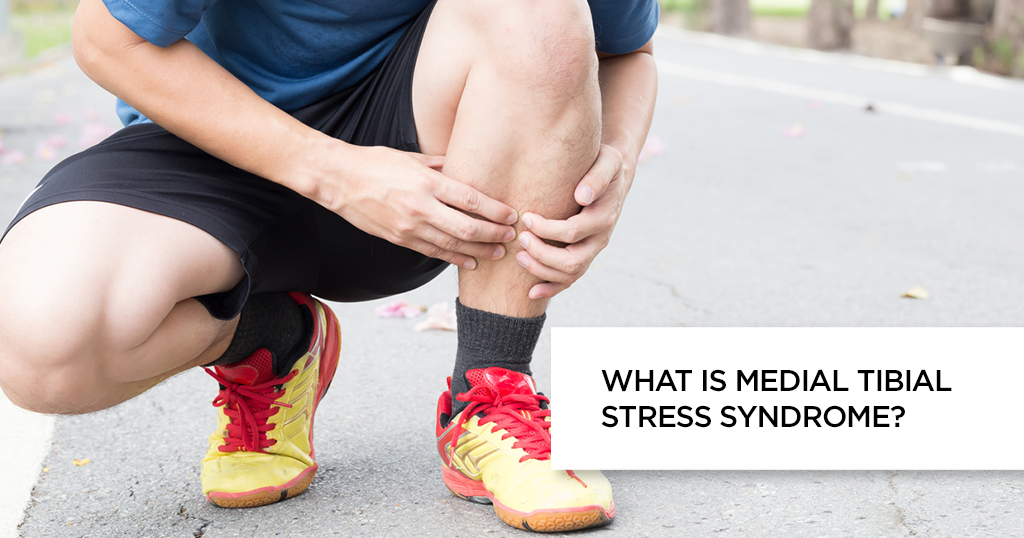What is Lumbar Spine Dislocation?


Dr Alok Ranjan
Sr. Consultant Neurosurgeon
Apollo Hospitals, Jubilee Hils
Hyderabad
Let’s first understand what lumbar refers to: In layperson terms, the lumbar region is referred to as the ‘lower back’.
The lumbar spine consists of 5 disc-shaped bones, vertically stacked upon each other. These vertebrae are identified by numbers L1 to L5, and are separated by a cushion pads known as interverterabl discs. These cushion pads have a more firmer outer part and softer inner part . These vertebrae are the largest among all the other vertebrae of the spine and support a majority of the body’s weight. It is a very powerful structure.
Due to a high impact trauma, one vertebra may shift its relative position over the adjacent one. This is known as dislocation. This is very different from disc dislocation or disc prolapsed, which can happen spontaneously or with minor trauma
- Dislocations are commonly accompanied by a fracture of the vertebra.
- In addition, there is damage to the nerves that runs within the spine and is normally protect by the spinal bones. The anatomic spinal cord usually stops at first lumbar vertebral level and below that nerves float within spinal canal all the way to sacral regions. Any movement after trauma, can further damage the nerves if all ready not damaged. As such, if traumatic dislocations are suspected it is paramount that no movement is allowed for spine, while transferring the patient. There are specific ways to move these patients on a special stretcher and good paramedics are aware of that.
- Further, risk of nerve injury is high in these conditions.
- These patients can have additional pelvic injury, and they can have excessive bleeding, which also can worsen during inappropriately handled transport.
Causes for lumbar dislocation
- Trauma from high-impact contact sports, motor-vehicle accidents, falls, skiing and diving accidents, and injuries from blasts or falling objects are all usual causes of fracture-dislocations of the lumbar spine.
- It is more common in men because of greater involvement in high-impact sports, or occupation.
Symptoms of lumbar dislocation
- The primary symptom is moderate-to-severe back ache that is made worse by movement.
- Cardiovascular compromise may occur due to excessive blood loss.
- There may also be diverse neurological signs and symptoms, such as paralysis of legs or inability to either pass urine or bowel motion or perceive it.
- Considering that it is due to excessive force impact together with velocity, other injuries such as head injury can lead to coma and patient may not be in a position to communicate.
- As associated injuries such as pelvic injury can cause severe blood loss, patient may in vasogenic shock and unconscious because of that.
- Other levels of spinal injuries, limb fracture, chest injury, abdominal injuries are all common and should not be missed.
Tests and diagnosis for lumbar dislocation
- Most important in any serious accident is to follow a well established trauma protocol (ATLS- Advance Trauma Life Support protocol) so that all injuries can be picked up. Most important is to secure breathing and establish good blood pressure.
- Imaging studies like X-ray, CT scan or MRI are required urgently to assess extent of spinal damage, if any.
- A full neurological examination is also warranted.
Treatment for lumbar dislocation
The patient must be stabilised first as per emergency management. Restriction of spine movement to ensure there is no further injury to the spine.
Once the acute events are settled, the lumbar fracture-dislocation may be approached for treatment using operative treatment or non-operative treatment.
All dislocations are unstable spinal injuries. Once a patient is stabilized, surgery is required to fix the spine and also nerve s in spinal canal if under pressure should be decompressed.
Prognosis for lumbar dislocation
Lumbar vertebra dislocations, that do not fully realign are associated with a high incidence of pain and stiffness,. If patient is fortunate not to have other associated organ damage or nerve damage, Outcome can be good.
Neurological deficits, including paraplegia, are possible complications of lumbar spine injury.
Rehabilitation has a strong role to play.
© Copyright 2024. Apollo Hospitals Group. All Rights Reserved.
 +91 8069991061
Book Health Check-up
Book Health Check-up
Book Appointment
Book Appointment
+91 8069991061
Book Health Check-up
Book Health Check-up
Book Appointment
Book Appointment







